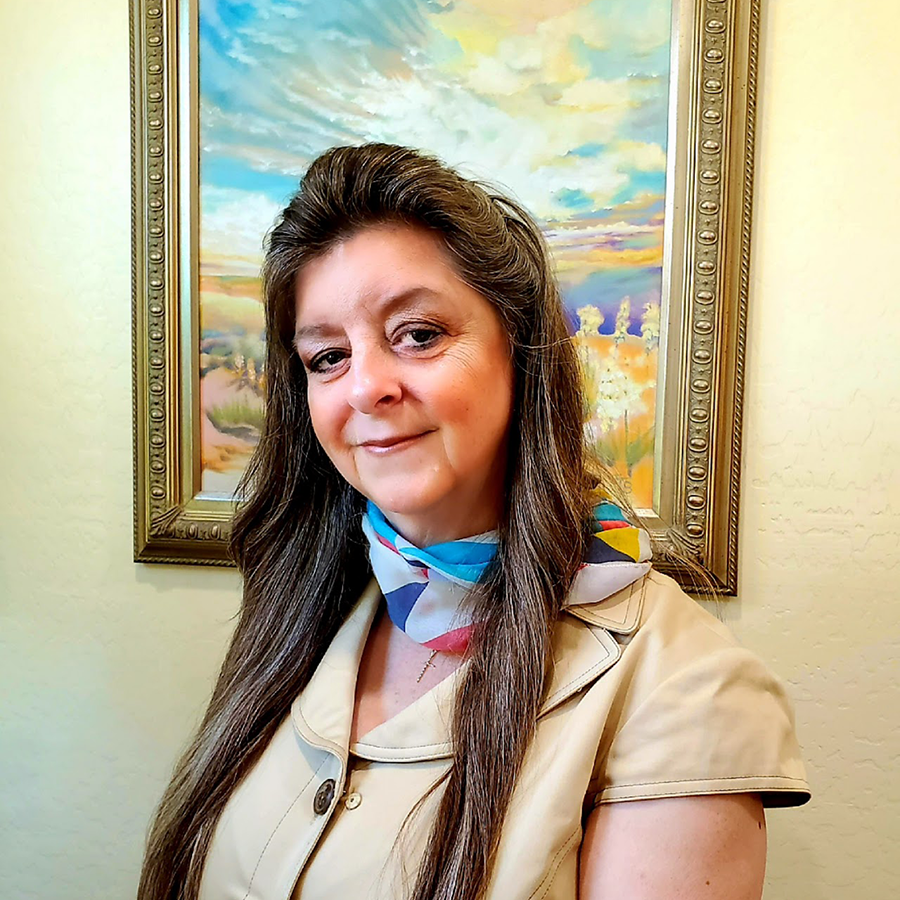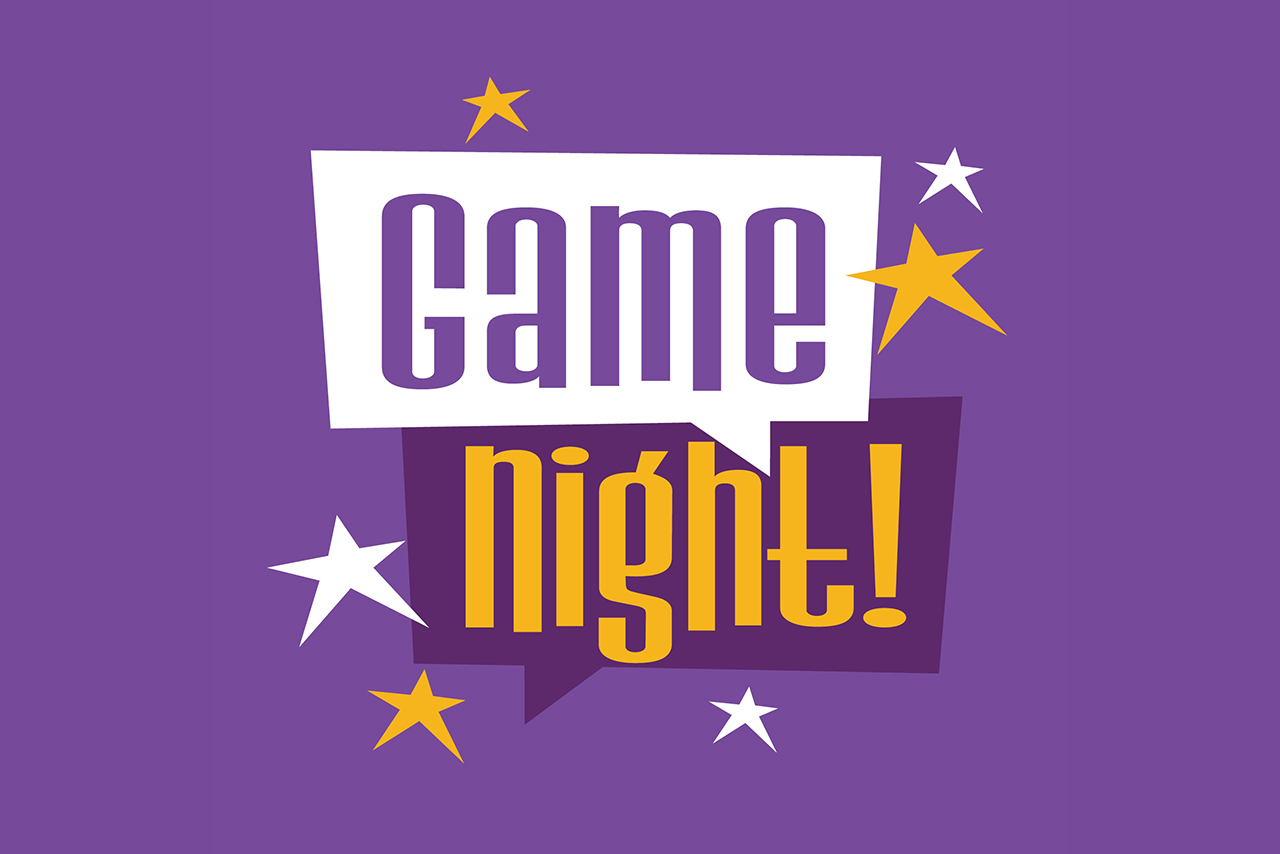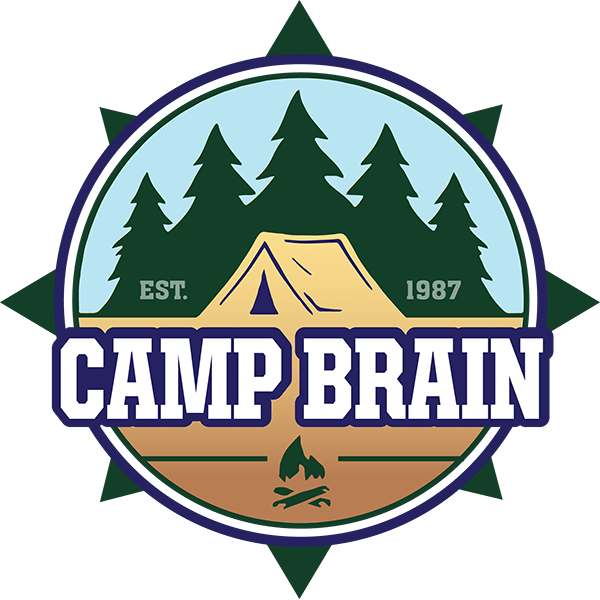Margaret Barr is an Inspiration to All
This year’s Rays of Hope conference was the first in-person BIAAZ event since the start of the COVID pandemic. Attendees were thrilled to see and hug each other, perhaps no one more than Margaret Barr. She’s been a regular at many other Brain Injury Alliance of Arizona offerings, including their Camp Brain for adults and the female-only support group, She Shed.
It’s said that everybody’s story is unique; in Margaret’s case, that is especially true.
Margaret is grateful for the wonderful support systems she currently has in her life, and adores the Brain Injury Alliance, emphasizing she wouldn’t miss Rays of Hope for the world!
Margaret Barr is an Inspiration to All
This year’s Rays of Hope conference was the first in-person BIAAZ event since the start of the COVID pandemic. Attendees were thrilled to see and hug each other, perhaps no one more than Margaret Barr. She’s been a regular at many other Brain Injury Alliance of Arizona offerings, including their Camp Brain for adults and the female-only support group, She Shed.
It’s said that everybody’s story is unique; in Margaret’s case, that is especially true.
Margaret is grateful for the wonderful support systems she currently has in her life, and adores the Brain Injury Alliance, emphasizing she wouldn’t miss Rays of Hope for the world!
April 9, 1969. Terre Haute, Indiana. Although she was almost five years old, Margaret was still considered to be short. Very active and determined, but quite short. So, while following a neighbor crossing the street where she lived one day, an oncoming driver couldn’t see the tiny girl below her line of vision.
The driver missed the neighbor, then stopped and looked around but didn’t see that Margaret was stuck dangling from the front grill. She got back in her car and drove a few more houses before stopping again.
Across the street, hundreds of employees of a potato chip company were just getting off of work and had assembled near the car. Margaret’s sister ran outside to check out the commotion, saw what happened, then rushed back to tell their mother.
Her mother and sister raced over to the car and dismantled the grill to free Margaret. Holding her child in her arms, her panicked mother demanded one of the workers take them to the hospital immediately. Without a moment’s hesitation, he rushed them into the emergency room.
The doctor didn’t think Margaret would make it through the next 24 hours. After surviving this crucial period, she remained in a coma for two weeks, and was told that it wasn’t possible for her have survived, much less be able to talk. “I’ve always preserved,” she says. “I know part of my frontal lobe is gone; you make your brain adapt.”
Fast forward 40 years. Margaret asked her primary care physician to order an MRI to evaluate the traumatic brain injury (TBI) she sustained during the motor vs. pedestrian accident. The occupational therapist (OT) at the Neuro & Brain Performance Center said that part of her adaptation had affected her ability to process quickly, aka, short-term memory loss. Margaret says, “Before [doing neuro rehab in] 2018, I had been walking through the lens of darkness.”
The OT specialist had her undergo Neurofeedback therapy and other brain exercises. “This restored my insight and awareness for the very first time,” she shares. “I’ve learned that when I’m excited or angry, I talk fast and don’t know what I’m saying. Now having the ability to see all my old behaviors and overcome them, the light bulbs in my brain are coming on for the very first time.”
Today, Margaret is 57 and a graduate of Glendale Community College, where she studied geriatrics and people with disabilities. She has also become more involved with her Catholic faith through the John the 23rd School of Faith. “I have been with the school and other students since around 1986, when I received Jesus in my heart,” she enthuses.
She says both the physical and emotional pain she has endured has only increased her strength. Much of that growth required understanding that her family members have also struggled with their own issues and could not help her on her journey.
To that end, she is grateful for the wonderful support systems she currently has in her life, and adores the Brain Injury Alliance, emphasizing she wouldn’t miss Rays of Hope for the world.
“We were beyond thrilled to bring Rays of Hope back in-person,” admits Brittany Sweeney-Lawson, the Brain Injury Alliance’s Director of Care Coordination. “Survivors like Margaret are the heart and soul of the conference, and the whole reason we put it on in the first place.”
“It’s almost too amazing to put into words,” Margaret says. “This [conference] is from heaven above, a gift. Here are people reaching out to one another. I’m safe here.”
And always welcome and appreciated.
ABOUT BRAIN INJURY ALLIANCE OF ARIZONA
The Brain Injury Alliance of Arizona (BIAAZ) is the only statewide nonprofit organization dedicated to improving the lives of adults and children with all types of brain injuries through prevention, advocacy, awareness and education. BIAAZ also houses the Arizona Brain Health Resource Center, a collection of educational information and neuro-specific resources for brain injury survivors, caregivers, family members and professionals.
What began in 1983 as a grassroots effort has grown into a strong statewide presence, providing valuable life-long resources and community support for individuals with all types of brain trauma at no charge.
The Brain Injury Alliance of Arizona:
- Works with Congressional Brain Injury Task Force
- Houses Arizona Brain Health Resource Center
- Hosts Statewide Opioid Use Disorder & Cognitive Impairment Workgroup
- Has Statewide Opioid Use Disorder & Cognitive Impairment Response team with peer support, training, and family wraparound services
- Facilitates Brain Health Advisory Council
- Manages statewide Neuro Info-Line: 888-500-9165






